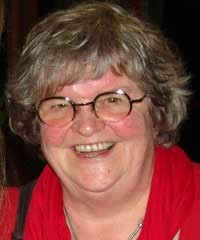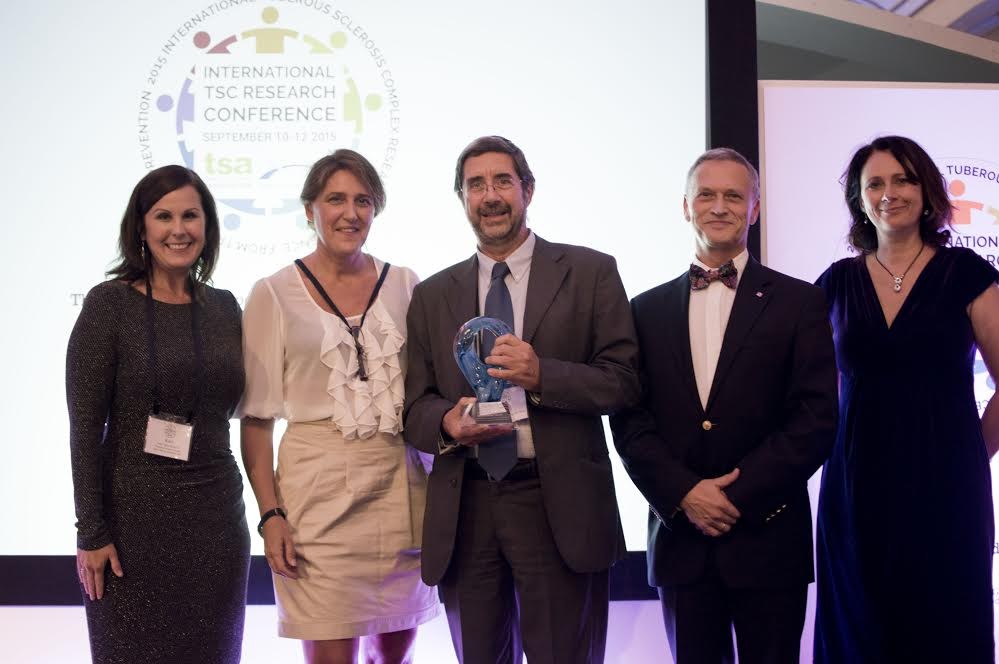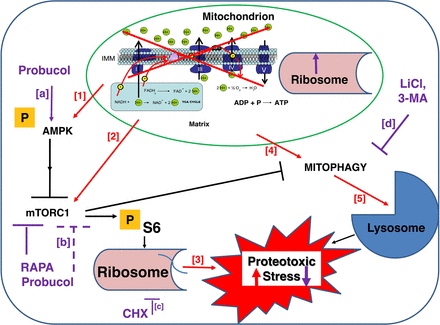
It is with great sadness that the ICNA announce the death of Hanneke de Boer a great advocate for epilepsy not only in her native Netherlands, but all across the world. Hanneke had dedicated her entire professional life was dedicated towards improving the lives of people with epilepsy.
Hanneke began her professional life as a vocational consultant at Stichting Epilepsie Instellingen Nederland (SEIN) in Heemstede, the Netherlands in 1965 and would continue to work there till the end. In her early years she worked to open career doors for people with epilepsy by engaging employers and educating them about the issues faced by potential employees with epilepsy while at the same time gently pushing her clients into the working world. By her ability to encourage and persuade, she opened up life opportunities that people had never thought possible. She took her ability to encourage and persuade to the international stage.
She started with the International Bureau for Epilepsy as the editor of Newsletter and served on the Executive Committee before she became the IBE President. She was also a long standing member of the Executive Committee of the ILAE. She became Secretary General in 1989 and served as President from 1993 to 1997 and Past President from 1997 to 2001.
Her greatest achievement was the ILAE/IBE/WHO Global Campaign Against Epilepsy 'Out of the shadows' in 1997 in which Hanneke and (then ILAE President) Ted Reynolds had worked so tirelessly to introduce. She was a co-chair of the Global Campaign for many years, later becoming Secretary of Global Outreach in 2009 and a member of the Global Outreach Task Force in 2013. Within the work of the Global Campaign were efforts to close the treatment gap, which was achieved to a tremendous degree in China.
She was also one of the great voices to end the stigma that many people with epilepsy face in their private and public lives. The benefits of her efforts have been seen in the many laws passed assuring the rights of people with epilepsy. The recent WHO Resolution on Epilepsy was the most recent benefit of her early efforts.
Her work was recognized by the large number of awards with which she was presented. She received the IBE/ILAE Ambassador for Epilepsy award in 1987, the Social Accomplishment award in 1995 and the Lifetime Achievement Award in 2009. Her dedication was also recognized at national level in the Netherlands. She received the Award of the Christian Society for the Care of People with Epilepsy in 1982, was awarded the Spike and Wave award of the Dutch Branch of ILAE in 1997, and was inducted as an Officer of the Orange Order of Nassau by the Royal Dutch House, one of the highest awards presented in the Netherlands.
Hanneke had tremendous energy and drive. There was never a locked door to which she would not eventually find the key and her will to improve the quality of life of people with epilepsy around the world was unfailing. For this reason she was known, respected and loved by hundreds of people in every corner of the epilepsy world. She never fully retired from her work and, until recent months was still a member of the Global Outreach Task Force and Chair of the IBE Legislation Task Force
(with additional reporting from ILAE & IBE)
- Details
- ICNA
- News
- Hits: 885

The ICNA congratulates Professor Paolo Curatolo on receiving the Manuel Gomez Award 2015 from the Tuberous Sclerosis Alliance (TSA). This prestigious award has been given in honour of his pioneering efforts in improving the understanding and treatment of Tuberous Sclerosis. The award was given at the International Tuberous Sclerosis Conference held in Windsor, United Kingdom in September 2015.
Professor Paolo Curatolo is currently the Director, Pediatric Neuroscience Unit"Tor Vergata" University Hospital,Rome, Italy and has been the President of the International Child Neurology Association from 2002-2006. Besides numerous publications on the topic, he is also the author of "Tuberous Sclerosis Complex: from basic science to clinical phenotypes", published in 2003 on the International Review of Child Neurology Series,
Read More
- Details
- ICNA
- News
- Hits: 797
The spread of scientific and clinical child neurological knowledge and expertise among the congress participants from all different backgrounds has been an important priority for the Educational Committee of ICNC 2016. For this reason we offer an extensive, high level, innovative and complimentary teaching program.
The teaching program consists of daily breakfast courses that introduce and refresh the knowledge on the leading topic of the day. Topics are related to the important CNS neuroanatomical structure and its most relevant disorders. They are: Grey matter on Monday, White matter on Tuesday, Cerebellum on Wednesday and Muscle and Peripheral Nerves on Thursday Two interactive meet the expert tutorial sessions and case consultations with experts in the field will be organised in the late afternoon on Monday (Movement Disorders) and Tuesday (MRI Pattern recognition)
The two evening teaching classes cover, Basic principles and clinical relevance of immune mediated diseases (Monday) and Neurophysiology (Tuesday). Please note that registration for this free teaching class is necessary.
A complementary light dinner buffet preceding the teaching class is served for registered participants.. The teaching program is not only aimed at trainees but also at qualified paediatric neurologists who want to refresh their knowledge on different topics. We invite you all to participate in this attractive program.
Read More
- Details
- Coriene Catsman-Berrevoets
- News
- Hits: 655
A new animal study shows that traumatic brain injury (TBI) affects the body as well as the brain and that treatment with angiotensin II receptor blocker antihypertensive drugs block the production of mediators of inflammation.
In the study, published online today in The American Journal of Pathology, the Georgetown University Medical Center (GUMC) research team reveals for the first time that experimental traumatic brain injury results in a systemic inflammatory response primarily in the liver. Using a male mouse TBI model of controlled cortical impact injury (CCI), Villapol et al (Am J Pathol 2015, 185:XXXX–XXXX) examined liver and plasma expression of the early APR biomarker serum amyloid A1 (SAA1). Besides the expected immediate up-regulation of SAA1 in the liver in response to CCI, increases in neutrophil and macrophage infiltration, apoptosis, and CXCL1 and CXCL10 chemokine levels were observed.
A delayed increase in the mRNA expression of angiotensin II receptor (AT1R) was also noted. The investigators also discovered that in mice, small doses of telmisartan, an Angiotensin II receptor blocker (collectively called sartans) used in the treatment of hypertension, 1 hour post injury significantly decreased liver SAA1 levels and CXCL10 mRNA expression after 3 days without affecting expression of CXCL1 or the number of apoptotic cells or infiltrating leukocytes. This led the authors to suggest that telmisartan could be therapeutic for blocking the hepatic acute phase response following TBI.
In earlier research, Villapol and her colleagues (Villapol et al., 2015) observed that telmisartan and another hypertension drug, candesartan, when administered six hours after experimental TBI (mice, controlled cortical impact model) had significantly reduced inflammation, neuronal loss, brain swelling and improved cognitive outcome at one month post injury. The six hours time to treatment is very important since it is very realistic in terms of the time frames, treatment can be instituted following traumatic brain injury. The authors are optimistic that these encouraging results will lead for clinical trials of these drugs in traumatic brain injury.
Citation:
- Villapol, S., Balarezo, M. G., Affram, K., Saavedra, J. M., & Symes, A. J. (2015). Neurorestoration after traumatic brain injury through angiotensin II receptor blockage. Brain. doi:10.1093/brain/awv172
- Villapol, S., & Saavedra, J. (2015). Neuroprotective effects of angiotensin receptor blockers. American Journal of Hypertension, 28(3), 289–99. doi:10.1093/ajh/hpu197
Read More
- Details
- ICNA
- News
- Hits: 648

A study recently published in the journal Human Molecular Genetics by Marni J. Falk and colleagues from the Mitochondrial-Genetic Disease Clinic at The Children's Hospital of Philadelphia (CHOP) holds great promise for developing new treatments for patients with mitochondrial disorders
Extra-mitochondrial mechanisms including dysregulated translation and the increased autophagy contribute to the pathophysiology of respiratory chain disorders. They showed that drugs which partially inhibit these cellular processes offer novel treatment strategies in mitochondrial disorders.
In translation, messenger RNA (mRNA) which is produced by transcription from DNA is decoded by cellular ribosomes to produce a specific amino acid chain, or polypeptide. Autophagy is the basic cellular mechanism by which unnecessary or dysfunctional cellular components are degraded by lysosomal action. Both these processes have been shown to be dysregulated in mitochondrial disorders.
Falk's team showed that nicotinic acid, a form of vitamin B3 (niacin), improved lifespan and metabolism in a mitochondrial disease animal model, microscopic C. elegans worms, by restoring normal activity to cellular signalling pathways. Rapamycin, an antibiotic and immunosuppressant, improved kidney disease in mice with a mitochondrial disorder caused by coenzyme Q deficiency by directly inhibiting the central translational regulator (mTORC1). Probucol (used in the past as a cholesterol-lowering drug) which also inhibits mTORC1 improved lifespan and physiological functioning in worms with mitochondrial respiratory chain complex I deficiency Partial inhibition of translation by cycloheximide an antibiotic, or of autophagy by lithium chloride, prescribed for patients with bipolar disorder, improved viability, preserved cellular respiratory function and induced mitochondrial translation.
These findings offer novel treatment strategies in the diverse array of mitochondrial disorders involving respiratory chain dysfunction. Further research should investigate how specific subgroups of patients with mitochondrial disorders could benefit from these and similar drugs. Mitochondrial Disease Clinical Center at CHOP is planning early-stage clinical research trials to investigate these novel treatment strategies further.
Read More
- Details
- ICNA
- News
- Hits: 642
